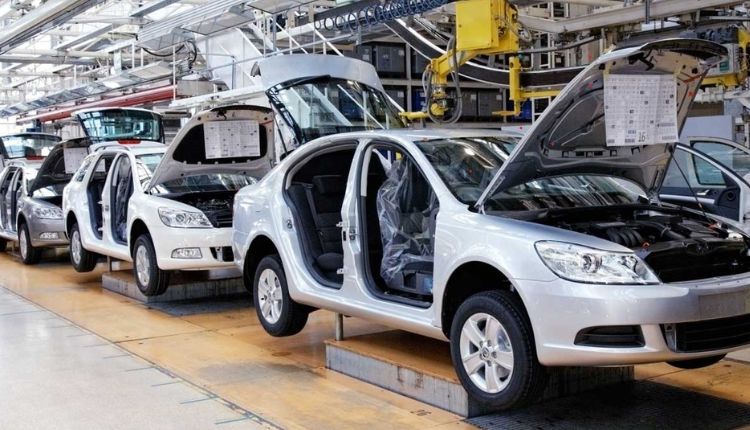The Automotive industry is the one of the most important economic sectors. It involves the manufacturing, selling, and marketing of motor vehicles. It is divided into several types of companies, including the manufacturers, dealers, and repairers of vehicles.
This includes the production of the cars, trucks, motorcycles, buses, and other vehicles. The automotive industry also focuses on producing component parts for cars, truck and buses. In addition to the companies involved in producing the motor vehicles, there are many more industries that are associated with them, such as car dealerships, auto repair shops, and motor fuel filling stations.
During the late 1800s, the US automobile industry began to gain strength. A number of large, established companies were formed, such as Ford, General Motors, and Chrysler. These companies quickly became the largest producers of vehicles in the world.
In the 1920s, these three companies dominated the automobile market. As the automobile industry grew, government regulation began to increase. During the 1920s, the US automobile industry became a highly regulated sector, which made it difficult for new companies to compete.
After WWII, Canada’s auto industry grew. During that time, Canada was second only to Germany in terms of its automobile production. However, the country fell behind Spain and Mexico in recent years.
The automotive industry in Japan had its beginnings in the early 20th century. Zaibatsu, the Japanese company that designed and built automobiles, began to produce vehicles in 1910. Their most famous vehicle was the Beetle shaped economical people’s car. Since then, the Japanese automotive industry has expanded.
The automotive industry in Japan grew rapidly in the 1970s and 1980s. Several Japanese companies entered the automotive industry, including Nissan, Toyota, Honda, and Mitsubishi. While these companies focused on manufacturing cars for the domestic market, they also produced some vehicles for export to the United States.
By the end of the 1990s, the Japanese automotive industry had become the third largest in the world. Its automotive assembly business has increased from three plants to sixteen businesses with over twenty-five assembly lines. They manufacture a wide variety of automobiles, including light and heavy vehicles, buses, and agriculture machines.
China was the largest auto manufacturer until 2009. The country became the world’s top producer in 2009, and recently surpassed both the United States and Canada. Today, China produces over 10 million units per year. Among the major global manufacturers are Ford/Tosan, Hyundai, and Honda.
Brazil is another major car producer. Their automotive industry is regulated by Anfavea. It is a member of the Organization Internationale des Constructeurs d’Automobiles.
Iran was the thirteenth largest automotive producer in 2011. It has a total annual production of 1.6 million. Auto production in Iran is greater than that of Belgium, Turkey, and the Czech Republic.
The automotive industry in Ecuador is small. They produce around 20 to 40 thousand units annually. Automobiles are built at a factory in Ain Temouchent. During the fifth year of production, the assembly unit will generate 450 jobs.

